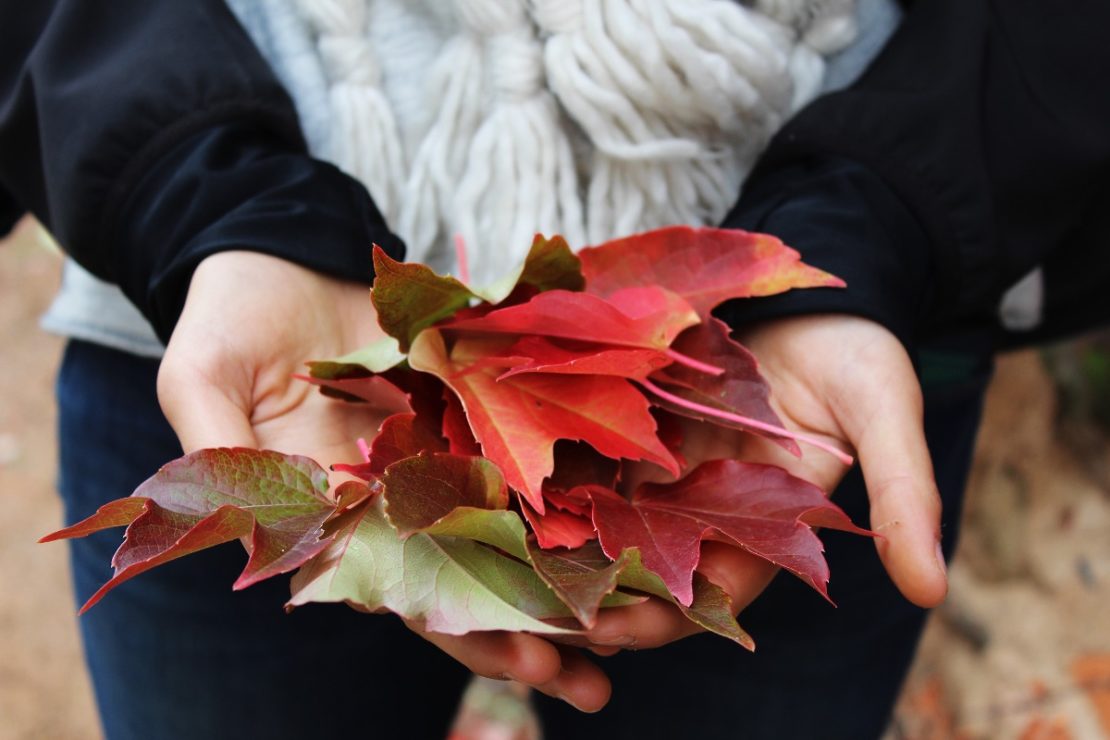
3 Tips on Managing Vata Dosha During Autumn
Ayurveda teaches that we each have an inherent prakruti, which is our natural, unchanging nature. Our prakruti is our unique balance of vata, pitta, and kapha doshas and is unaffected by phase of life, seasons, or any other external factors. If you’re interested in finding out what your dosha is, read our article, Introduction To Ayurveda: What’s My Dosha.
In addition to our prakruti, each of us also has a vikruti. Our vikruti is our current balance of the doshas. The vikruti may be influenced by situational factors, such as time of day, age, and the seasons. The seasons, in particular, have a strong influence over the doshas, causing an ebb and flow of the doshas throughout the year.
Since summer is the hot season and pitta dosha embodies the hot and fiery side of nature, summer is associated with pitta dosha. This means the qualities of pitta are amplified in summer. As late winter and spring are cool and moist, kapha dosha is more influential at that time of year. However, autumn and early winter, with their dry and cool weather, relate to vata dosha. Vata also correlates to the end of the life cycle. As fall and winter signify the waning of the calendar year and a time when landscapes become bleaker, this is a time to focus on balancing and managing vata dosha.
As fall approaches, those of a predominant vata constitution should take special care that their inherent vata nature (prakruti) does not become imbalanced — leading to problems such as dry skin, insomnia, nervousness, restless sleep, and constipation.
One of my dear Ayurvedic teachers, Mary Thompson, summarized the vata pacification protocol with these three overarching practices: warmth, oil, and regular routine. As a practitioner, it is a mantra that I return to again and again when working with my vata clients on managing vata dosha and when helping people to achieve balance in autumn.
Let’s take a closer look at some Ayurvedic practices you can adopt when it comes to managing vata dosha in the fall.
3 Tips on Managing Vata Dosha During Autumn
1. Warmth
Remember that one of the chief characteristics of vata is coolness. Vata types tend to run cold and are prone to weak circulation, which results in cold hands and feet and an overall aversion to cold temperatures. Even if you are a pitta or kapha type, as summer turns to fall and temperatures drop, it is important to take extra care to keep warm. Warmth means more than putting on a sweater or coat. Heat is most powerful when it radiates from deep within.

One’s agni, or digestive fire, is one of the main sources of heat, so maintaining a strong agni is important for staying healthy and managing vata dosha in the cooler months.
While salads and juices may be suitable for summer — warm, moist, cooked foods are better for stimulating agni during fall and winter. In general, root vegetables, grains, protein-rich foods, and lipids such as ghee and coconut oil are good to eat in the fall. However, the foods that are suggested for the beginning of fall are slightly different than those for deep fall and winter (O’Donnell, 2015).
Since early fall signifies the transition from pitta to vata season, it is helpful to first dispel excess accumulated heat before nourishing the deep tissues of the body with heavier, anabolic foods. The bitter and astringent tastes are helpful for doing just this.
Examples of foods that are bitter are leafy greens such as kale, dandelion greens, collards, and mustard greens (O’Donnell, 2015). Aloe vera (Aloe barbadensis) is a great food supplement that embodies the bitter taste, and aloe juice or gel is very good for clearing excess heat from the liver and blood (Dass, 2013). Astringent foods include cranberries, cauliflower, broccoli, and cabbage. These foods may be consumed freely during the transition from summer to autumn. However, it is wise to eat mostly cooked vegetables rather than raw at this time of year, since the body needs to prepare for the heart of vata season. Large quantities of light, dry, and raw foods are difficult to digest and will also aggravate vata dosha. Thus, it is wise to avoid dry, raw foods as autumn approaches, and certainly, in the heart of autumn.
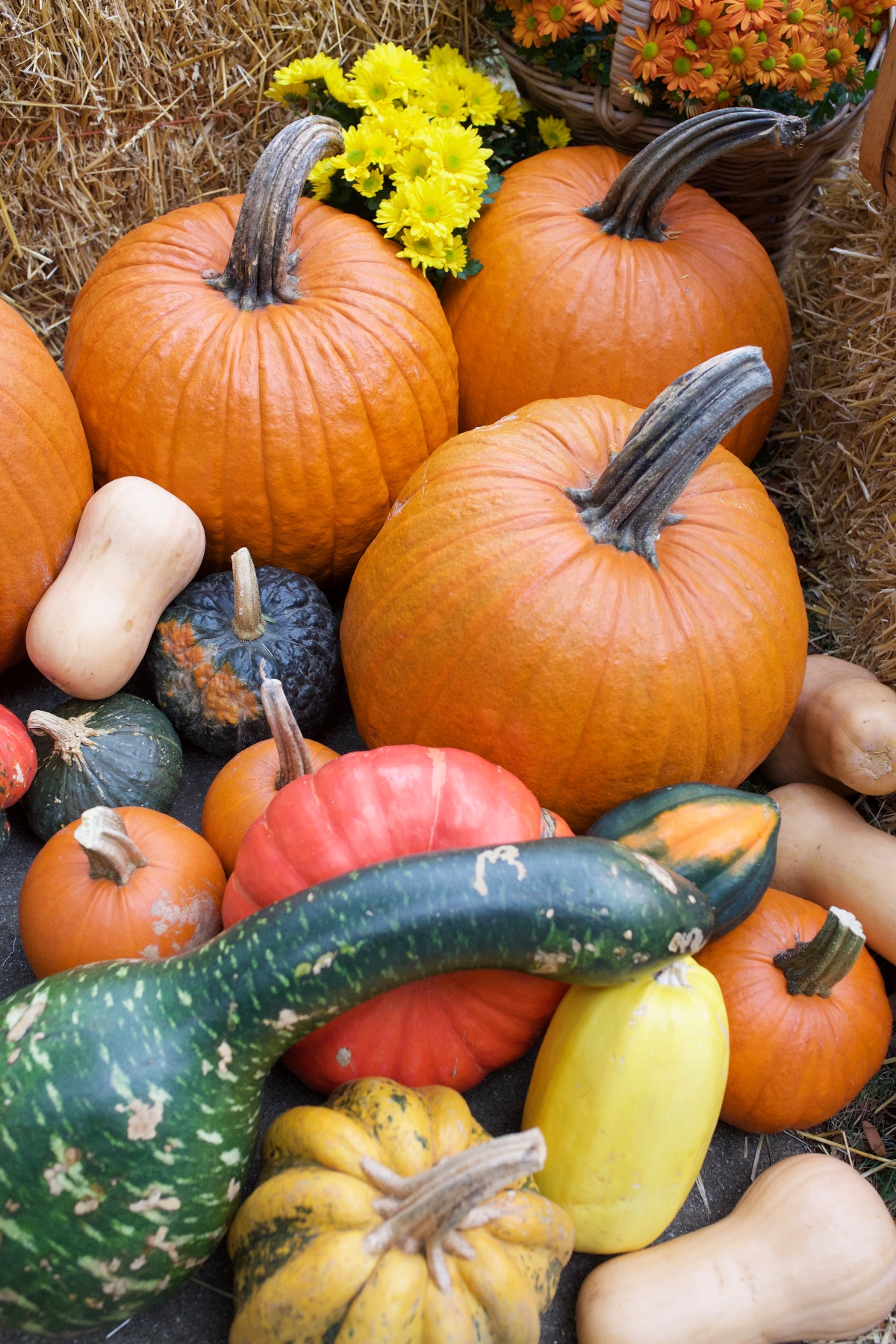
As the transition from summer to fall becomes complete and mid-autumn sets in with cool temperatures and drier air, it is the perfect time to incorporate heavier, denser, moistening foods. These are the essence of a vata pacifying menu. Foods such as carrots, parsnips, pumpkins, turnips, squash, oats, dates, and nut butters ground vata dosha’s cool, light, and mobile nature.
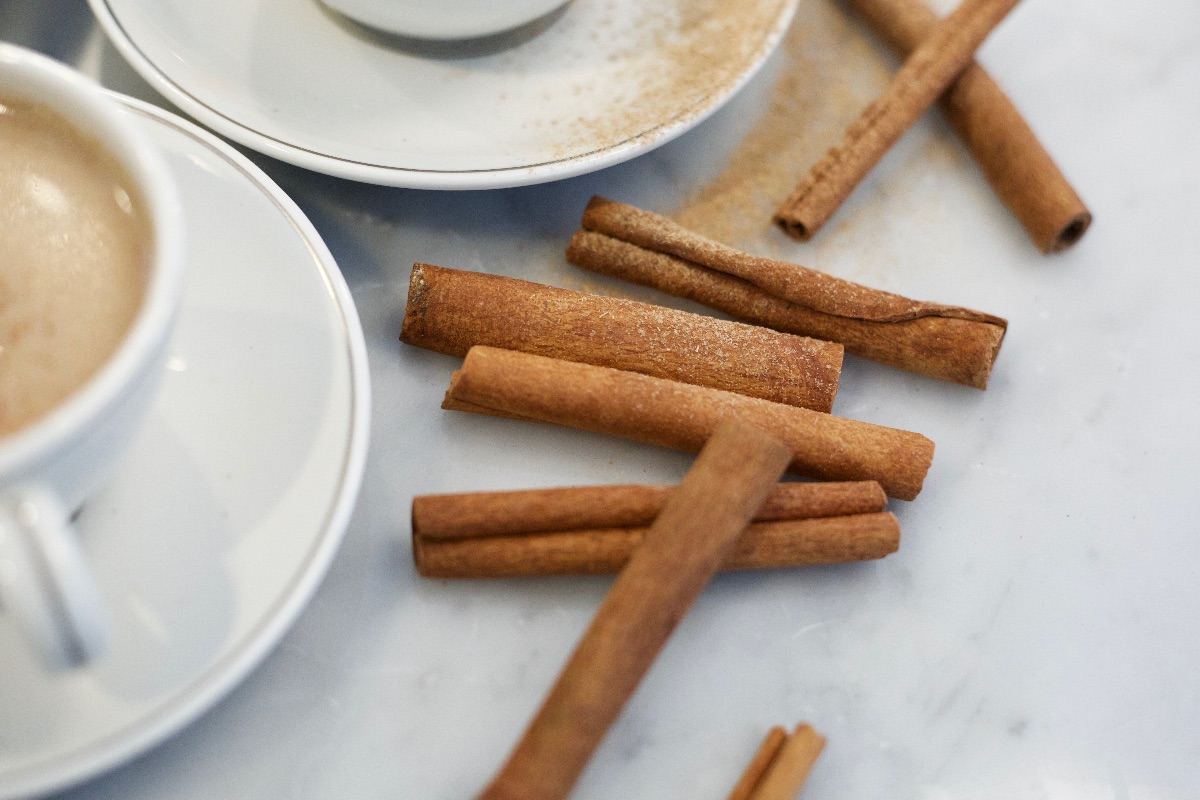
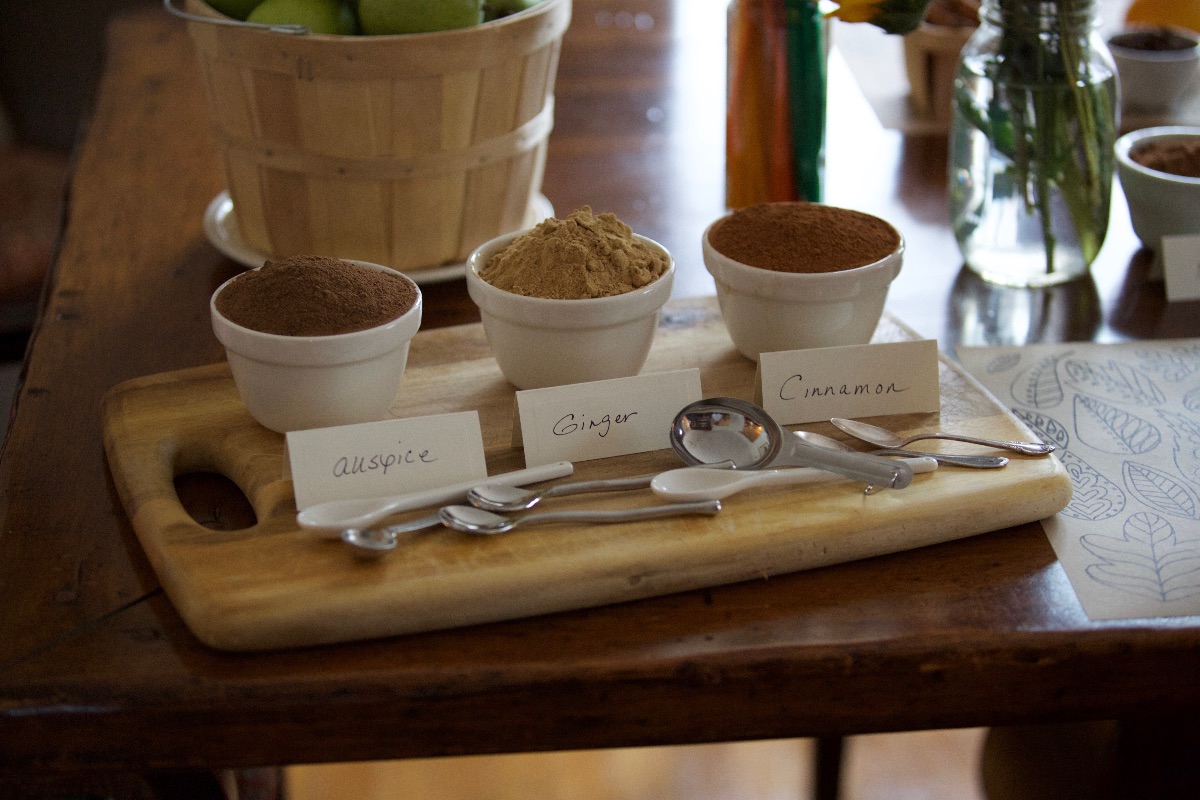
It is important to use suitable digestive spices with these foods (O’Donnell, 2015). Carminative (gas-dispelling) spices such as cinnamon, cardamom, clove, nutmeg, and black pepper are great spices for warming the agni. Incidentally, these spices also encompass the cozy aromas of autumn and are the perfect spices to accompany the heavier foods of fall.
Here is an example of a simple fall recipe that can be prepared and enjoyed by even the novice cook or the busiest of bodies.
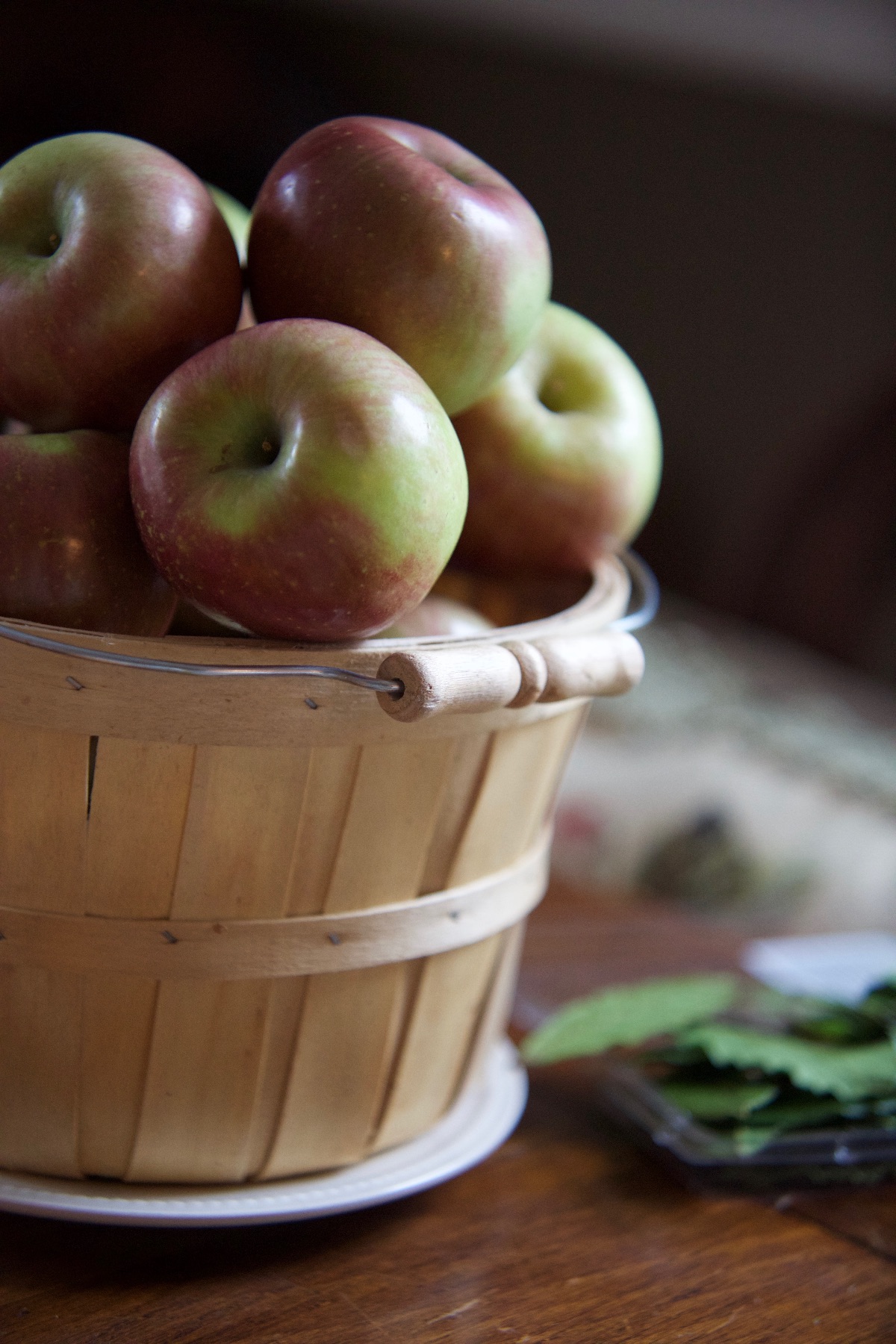
Masala Fried Apples
Inspired by Kate O’Donnell
2 whole apples
1 tablespoon ghee
1/8-1/4 tsp garam masala powder
- Thinly slice two apples. I like to use honey crisp apples, but a number of varieties will work.
- Heat 1 tablespoon of ghee in a frying pan over medium heat. Add 1/8-1/4 teaspoon of garam masala powder (depending on your spice threshold) to the heated ghee.
- Add the apples and cover, stirring occasionally. Allow the apples to cook for five minutes or until tender and soft. This is a great stand-alone light meal. You can also consider adding dates and/or walnuts alongside the apples.
2. Oil
Since vata is light, cool, and dry in nature, oil is one the best remedies for managing vata dosha, and the use of oil, both internally and externally, is an especially helpful practice for managing vata dosha in the fall. If you can imagine a thousand-petaled lotus, there are probably as many Ayurvedic uses for oil as there are petals on that lotus flower. Here are a couple of simple ways that you can incorporate more oil into your life.
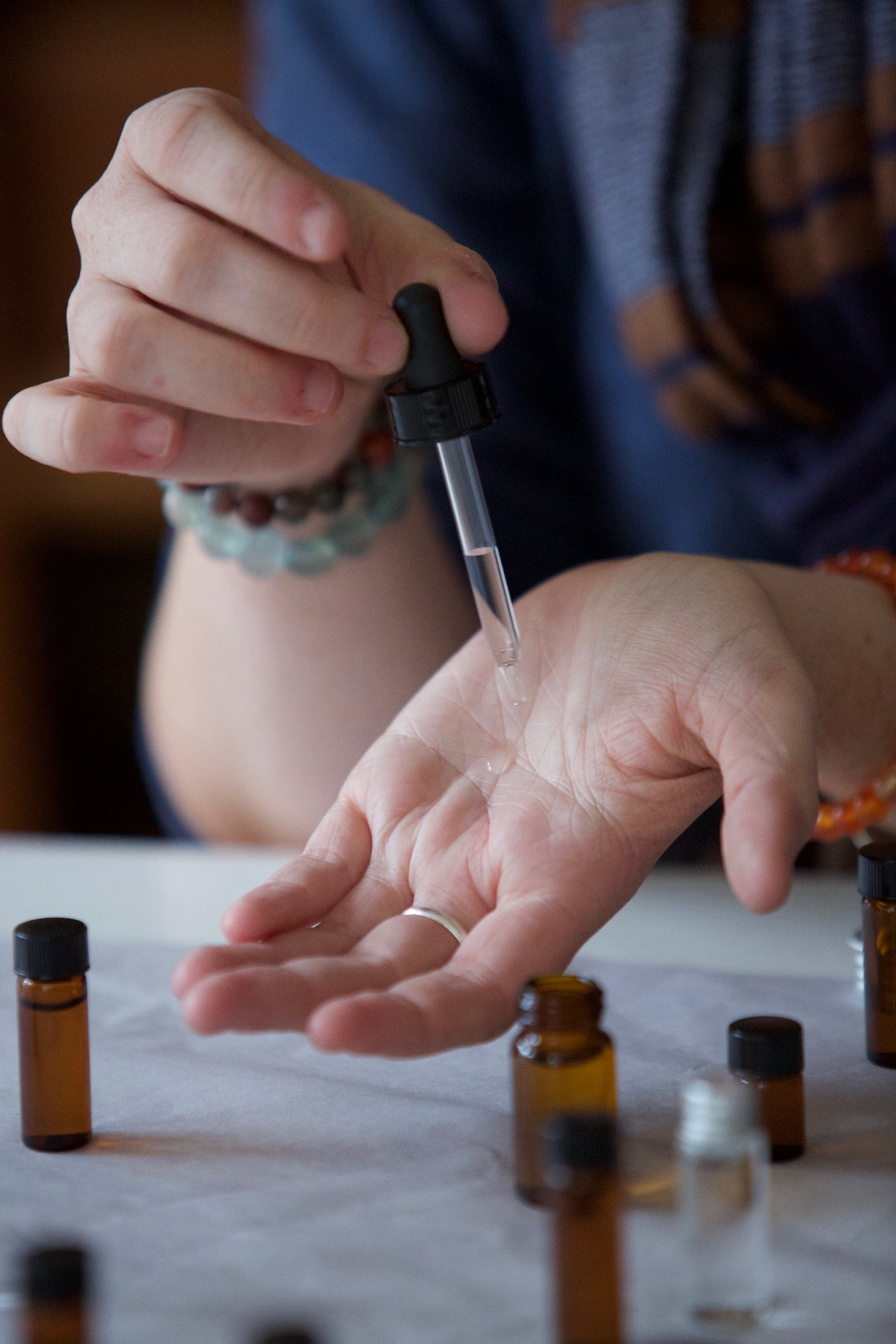
External Oils
Abhyanga, an Ayurvedic form of oil massage, is not only a wonderful spa therapy, it’s also one of several practices referred to as dinacharya, or daily practices. The process of abhyanga can be as simple or as luxurious as you would like it to be. In terms of choosing a good abhyanga oil, raw sesame oil is the oil of choice for pacifying vata and is a good option for fall. Coconut and sunflower oil are appropriate for the warmer months or for those who run very warm, i.e., pitta types. Almond oil is nice for late winter and spring as it is a bit more stimulating and helps to pacify kapha dosha.
Self-abhyanga is classically performed before bathing using a gently warmed oil. To do this, simply place a glass or heat-resistant plastic bottle filled with oil in a pot or bowl of hot water until the oil warms. You can do this while you are brushing your teeth, feeding the cat, or performing other morning tasks. Next, apply the warm oil from head to toe, massaging it into your skin. Ideally, it is best to let the oil seep into your skin for a good twenty minutes or so before rinsing off in the bath or shower. During this time you can put on old clothing and read a book, relax, or do some mild yoga practices. When it’s time to bathe, there’s no need to soap the whole body down. Apply soap where needed and allow the warm water and steam to assist your skin in absorbing the oil.
If you feel like the above process is a bit too much to fit into your morning routine, you may be wondering what the busy person’s version of abhyanga is. As a busy working person myself, I am happy to share the good news — something is better than nothing! Fortunately, Ayurveda is not a list of rules that are right or wrong. For those who don’t feel they have time for a long abhyanga on a daily basis, even a bit of oil massaged into the skin after bathing will help to nourish the skin, calm down vata dosha, and provide a subtle protective force field around the body that will last all day long (O’Donnell, 2015). Once you get used to doing abhyanga, you will see that it is more than skin food; abhyanga is soul food!
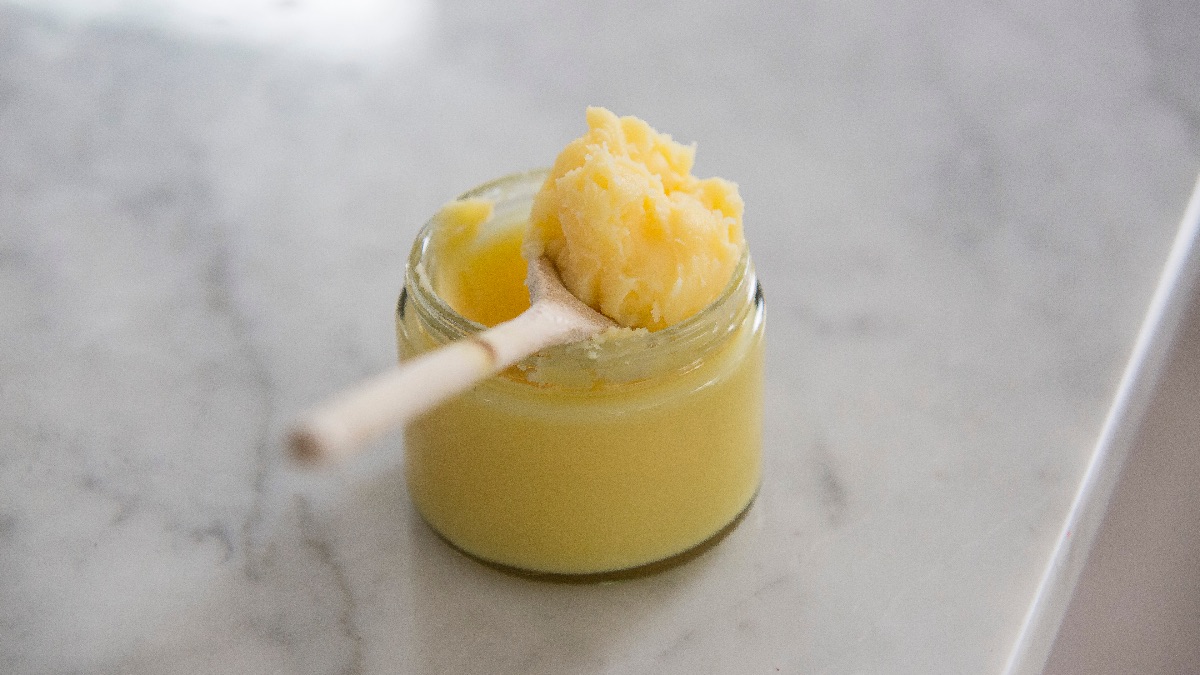
Internal Oils
As I mentioned earlier, autumn is a good time to increase the use of oil, both inside and out. In addition to daily external applications of oil, Ayurveda recommends fairly liberal consumption of oil for pacifying vata dosha. Of course, one still must bear in mind constitution and personal health. For instance, if you are a strong kapha type or are kapha imbalanced, liberal consumption of oil may not be the best idea because it may aggravate the already heavy and moist qualities of kapha dosha. However, generally speaking, the cool dry months of autumn are a good time to enjoy a little more lipids.
If you’re wondering which oil to choose, ghee (clarified butter) is highly revered in Ayurveda and is generally the number one oil of choice. Ghee is wonderful because it is tridoshic (benefits all doshas), stimulates the agni, nourishes the brain, and is one of the easiest oils for the body to digest and assimilate (Dass, 2013).
In terms of incorporating ghee into your diet, the possibilities are truly endless! Ghee is wonderful for sauteing and frying veggies since it has a high smoke point. You can also spread it on your toast instead of butter or stir a teaspoon of ghee into warm, milky beverages or soups. Another magical aspect of ghee is that it helps to carry spices and herbs more deeply into the body. For more ideas, you can read more about Ayurvedic uses for ghee and oil in our post, Ayurvedic Uses of Herbal Oils.
To summarize what has been covered so far on managing vata dosha in fall, the foods of autumn should be warm and moist. It’s advisable to begin fall with higher quantities of bitter and astringent foods, but as the season progresses, it’s wise to increase consumption of heavier, more grounding foods, such as ghee, grains, and root veggies (O’Donnell, 2015). Also, if you do not currently practice abhyanga, fall is the perfect time to start as abhyanga is a prime practice for managing vata dosha in the fall.
3. Regular Routine
Another key feature of vata dosha is irregularity and mobility. Vata is that which moves, meaning it is the force behind all movements of the body and mind (Frawley, 2013). Vata dosha is essential because it is responsible for the beating of our hearts, the pumping of our blood, the movement of our thoughts, and the transit of food through the digestive tract. Movement is necessary and healthy. However, too much movement is problematic. Practically speaking, when vata becomes excessive, this manifests as feeling nervous or ungrounded, difficulty sitting still, trouble quieting the mind, and issues such as restless sleep, rapid heartbeat, irregular digestion, and erratic bowel habits.
The solution is regularity and grounding routines. For strong vata types, this is easier said than done. Yet, the more regularity you can bring into your life, especially during vata season, the greater the odds of facing the cool, dark months of fall and winter with strength and resilience. Here are a few ways to incorporate grounding routines into your life.
![]()
- Go to bed and arise at the same time every day. Establishing good sleep hygiene and regular sleep routines will go a long way toward boosting emotional outlook and immune health.
- Eat meals at the same time daily or within the same one hour time frame. Recall that excess vata dosha is related to irregular digestion and elimination. Ayurveda considers improper digestion to be the root of all diseases, so maintaining optimal digestive health through proper food choices and regular eating habits is key in overall wellness and longevity.
- Be consistent in your daily self-care practices. For example, commit to doing abhyanga daily, even if it is just for 3-5 minutes.
- Be regular in your exercise habits. This doesn’t mean that you need to do the same exercise daily. However, create a weekly schedule and stick to it. Have a buddy to hold you accountable if necessary.
If you are someone who thrives on spontaneity, you may be reading the above list of routines and thinking boring, boring, boring. Or, for the routine-loving pitta and kapha types, you may be gaining further justification for your habitual ways. Whatever your stance on routine is, it is generally helpful for everyone to have anchoring practices in their day.
This doesn’t mean that every day needs to be Groundhog Day, eating the same meals, and greeting your neighbors at the exact same time. However, simple practices are tremendous in creating a sense of stability and grounding. That sense of centeredness translates into a more balanced physical functioning and ultimately greater ease and peace of mind, especially for those managing vata dosha. Also, the healthier your body and mind, the more fit you will be for facing the challenges of life and for embarking on the grand adventures of fall, winter, and beyond!
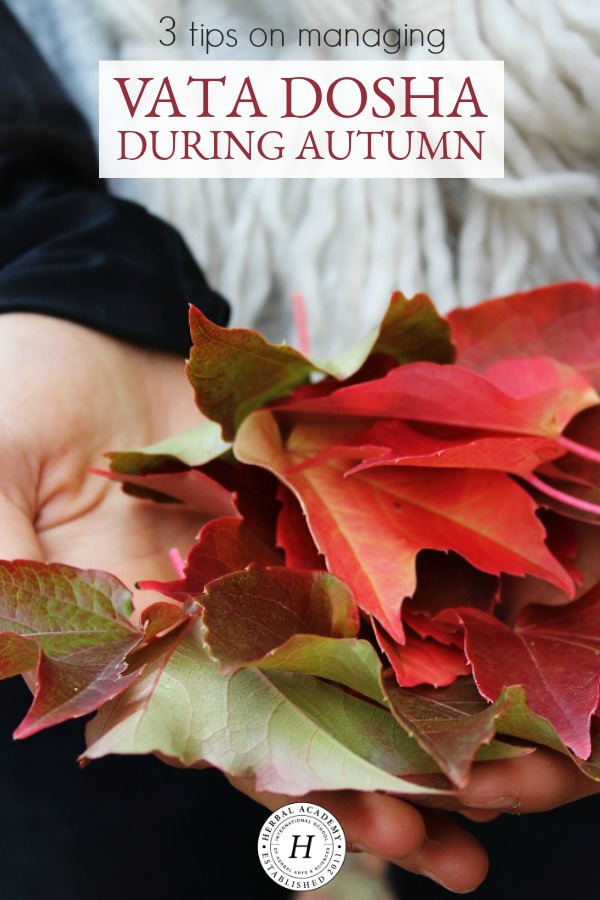
REFERENCES
Dass, V. (2013). Ayurvedic herbology. Twin Lakes, WI: Lotus Press.
Frawley, D. (2000). Ayurvedic healing: A comprehensive guide. Twin Lakes, WI: Lotus Press.
O’Donnell, K. (2015). The everyday Ayurveda cookbook. Boulder, CO: Shambala Publications, Inc.







